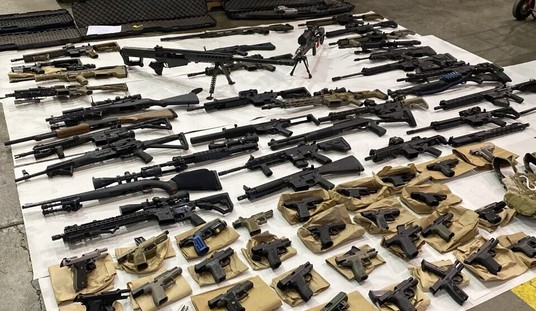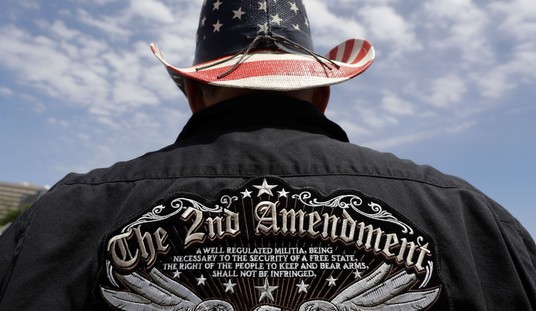This Week in American Military History:
Nov. 23, 1863: The battles of the Chattanooga campaign begin between newly appointed commander of the Western armies, Union Maj. Gen. Ulysses S. Grant, and Confederate Gen. Braxton Bragg, yes, Fort Bragg, N.C. is named in his honor.

Braxton Bragg
Within days, Union Army forces will attack and capture Orchard Knob, Lookout Mountain, and the Confederate works on Missionary Ridge. The “Gateway to the Lower South” will open, and within a year, Union Gen. William Tecumseh Sherman will pass through the “gateway” enroute to Atlanta.
Nov. 23, 1943: Japanese-held Tarawa – “an elongated, sharply curving chain of little islands with a heavily defended southwest tip” known to U.S. Marines as “bloody Betio” – falls to American forces despite the boast of its defending commander, Rear Adm. Keiji Shibasaki, that “a million men could not take Tarawa in a hundred years.”
In fact, it takes several thousand Marines and about 76 hours to seize Tarawa. But it is not without great cost. Marine casualties (including sailors) number over 1,020 killed and nearly 2,300 wounded. Many are lost during the first few hours of the fighting as the landing craft are unable to get ashore, and Marines (carrying all of their equipment) are forced to wade toward the beach, stumbling over jagged coral reef for several hundred yards – some falling into deep holes and drowning – all the time under withering fire.
Lt. Commander Robert A. McPherson – a Naval aviator flying above Tarawa during the battle – will recall: “The water never seemed clear of tiny men, their rifles held over their heads, slowly wading beachwards. I wanted to cry.”
Among the heroes is Col. David Monroe Shoup (future commandant of the Marine Corps) who will receive the Medal of Honor for his actions on Tarawa. At one point during the fighting, Shoup, wounded and leading his men forward, signals his superiors: “Casualties: many. Percentage dead: unknown. Combat efficiency: we are winning.”
Veterans of Tarawa also will remember red-mustachioed Maj. Jim Crowe, swagger-stick in hand, calmly strolling his embattled lines, exhorting his men to fight. “All right, Marines, try and pick out a target and squeeze off some rounds,” he shouts, as bullets and hot shell fragments zing past his head. “You better kill some of those bastards or they’ll kill you. You don’t want to die, do you? Come on, now, let’s kill some of them!”
Of the 4,836 Japanese defenders on Tarawa, 4,690 are killed, many perishing during suicidal “Banzai” charges against the Americans.
Nov. 24, 1944: U.S. Army Air Forces B-29 bombers (111 of them) based in Saipan attack the Nakajima Aircraft engine plant near Tokyo in the first attack on the Japanese mainland since Doolittle’s raid of Apr. 18, 1942.

B-29s in flight during the Second World War








Join the conversation as a VIP Member